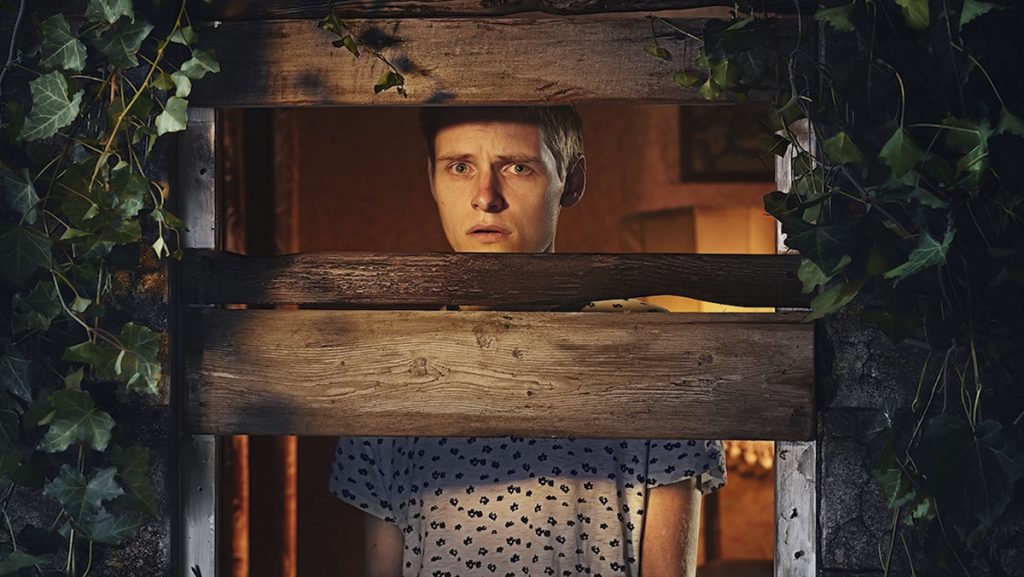Exclusive: Channel 4 cuts reflect broadcaster ‘being forced to evolve and fast’
Channel 4’s refocused strategy on streaming unveiled yesterday that includes more than 200 job losses reflects a broadcaster “being forced to evolve and fast”, according to Omdia analyst Matt Bailey.
The UK public service broadcaster is cutting 18% of its workforce and will close channels as part of a plan to become a “digital-first” streamer by 2030.
It will focus on digital growth, including a rejig of commissioning teams and programming investments, as well as diversifying into new businesses including IP ownership, and “re-engineering” the business for streaming, namely reducing operational costs away from channels.
How Channel 4’s new strategy pits it against global giants
However, Bailey, Omdia’s principal analyst for media & entertainment, told TBI that the shift would be far from straightforward as those moving into the broadcaster video on demand (BVOD) sector attempt to compete with streamers such as Netflix and Amazon Prime Video.
“We are anticipating that BVOD will become an increasingly important revenue stream for all UK broadcasters, with Channel 4 and ITV leading the charge,” he said.
“But, while we are expecting annual revenue from the premium segment of the UK online video advertising market to grow by over £1bn ($1.4bn) between 2023 and 2028, it is becoming an increasingly competitive segment.
“Here, UK PSBs and other TV broadcasters and channel groups are no longer just competing between themselves for viewer attention and ad spend, but also an increasingly connected TV-focused YouTube and other global tech and media giants like Netflix, Disney and CTV manufacturers.
“And, from next week, Amazon Prime Video – which already has substantial scale and a highly desirable ability to directly connect ad spend to purchase activity – will also be entering the fray.”
Why Channel 4 needs new revenue streams
The broadcaster is aiming to increase revenues from its digital business from 27% of its total last year to 30% in 2024 and past the “tipping point” of 50% by 2030.
It also plans to build a “double-digit million” ecommerce business by 2030 to allow viewers to interact and purchase products through digital platforms and will also shift further into FAST following a UK launch earlier this year, moves Bailey says are vital for survival.
He added that the broadcaster “simply cannot afford to continue to operate in the same manner they have for decades, and are being forced to evolve, and fast – whether that’s through strategic realignment, tech development, exploring new distribution platforms, or even rethinking the relationship they have with their peers.”
C4 is a public broadcaster but entirely funded by advertising, with a spend of just over £700m ($890m) on programming in 2022.
Its output ranges from The Great British Bake Off and dramas such as Somewhere Boy to Married At First Sight and its Australian spin-off, while international acquisitions have included Fox’s single-camera comedy Animal Control, which airs on C4’s E4 network.
Why TV’s advertising decline is likely terminal
Bailey added that the cuts are “unsurprising” given the state of its core advertising revenue stream, with Omdia’s most recent forecasts anticipating that total UK TV broadcaster ad revenue would drop by around 7% in 2023.
“This poor performance came against an ongoing poor macroeconomic backdrop, which will have no doubt contributed to Channel 4’s decision to make cuts.
“Although the TV advertising market will continue to be influenced by macroeconomics and cyclicality, Omdia believes that 2023’s poor performance is also symptomatic of a structural shift in the industry as more viewing shifts towards digital rather than traditional TV viewing platforms,” Bailey said.
“Indeed, in 2023, strong, double-digit growth in BVOD ad revenues were not enough to offset severe, double-digit declines in traditional linear TV ad revenue, which still accounts for over 75% of UK broadcaster ad revenue.
“This is clearly a view shared by Channel 4, which is diverting attention and resources away from “legacy” parts of its business towards its digital operations.
“Channel 4 is already more advanced than its competitors when it comes to digital share of ad revenue, and its target of 50% digital share of revenue in 2030 is in line with our latest forecasts.”






